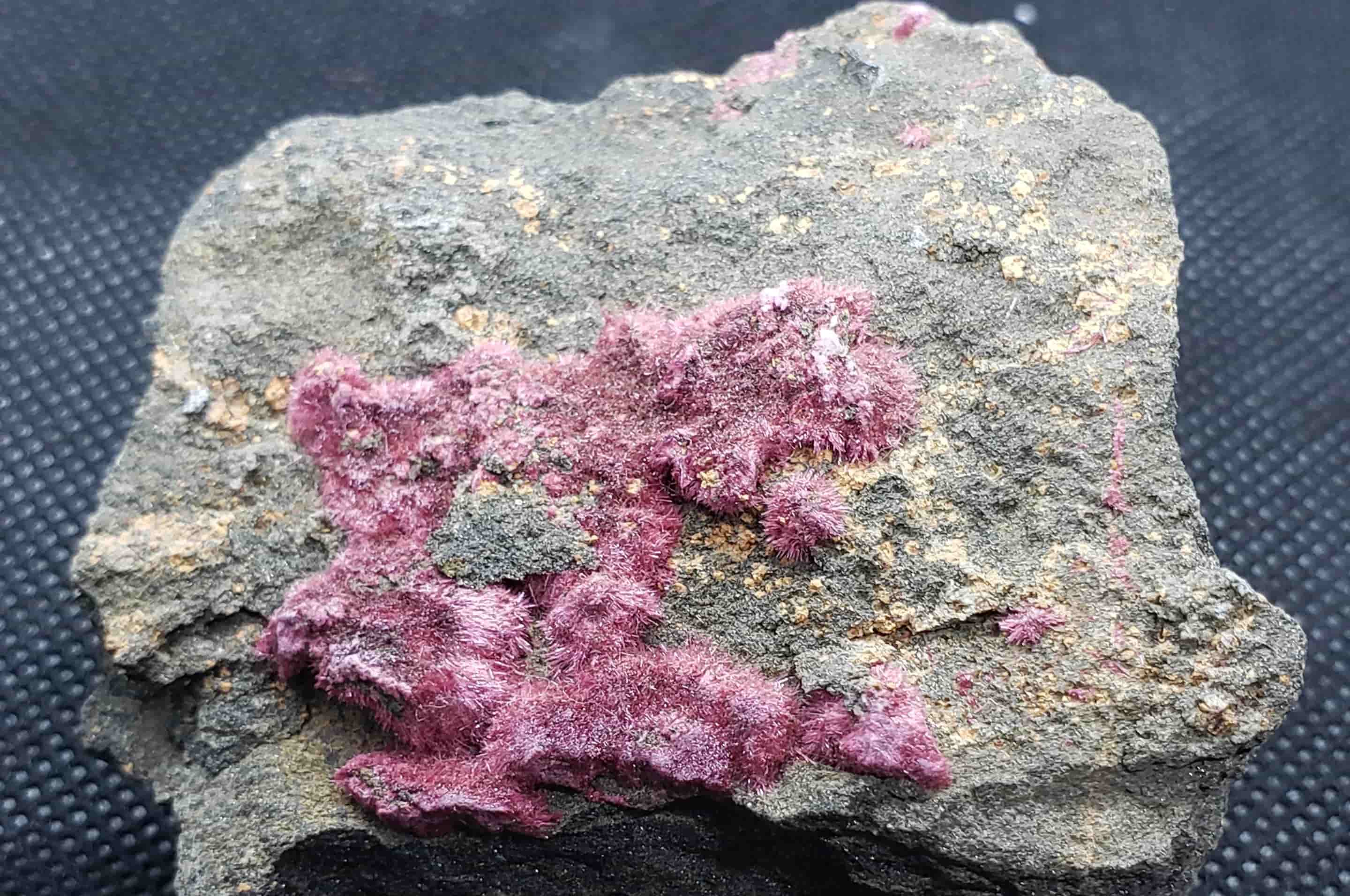
Ericssonite is a rare mineral that sparks curiosity among geology enthusiasts. Named after the Swedish mineralogist Nils Ericsson, this mineral boasts unique properties and a fascinating history. Found primarily in Sweden, ericssonite is known for its dark brown to black color and complex crystal structure. But what makes ericssonite so special? Its rarity and the intricate process required to identify and study it contribute to its allure. This mineral often forms in metamorphic rocks, making it a subject of interest for both amateur rock collectors and professional geologists. Ready to learn more? Let's dive into 30 intriguing facts about ericssonite that will expand your knowledge and appreciation of this geological gem.
Key Takeaways:
- Ericssonite is a rare and fascinating mineral discovered in Sweden. It has unique properties and is highly sought after by collectors and scientists for its scientific value and historical significance.
- Despite its limited industrial use, Ericssonite holds significant value in scientific research, mineral collections, educational settings, and museum displays. Its rarity and unique properties make it a prized find for enthusiasts and researchers alike.
What is Ericssonite?
Ericssonite is a rare mineral that has intrigued scientists and collectors alike. Discovered in Sweden, this mineral has unique properties and a fascinating history. Let's dive into some interesting facts about Ericssonite.
-
Ericssonite was first discovered in 1969 in the Långban mine in Sweden.
-
Named after the Swedish mineralogist Nils Ericsson, who contributed significantly to mineralogy.
-
Ericssonite belongs to the amphibole group of minerals, which are known for their complex crystal structures.
-
The mineral's chemical formula is BaMn2+2Fe3+2Si8O22(OH)2.
-
Ericssonite is typically found in metamorphic rocks, which form under high pressure and temperature conditions.
Physical Properties of Ericssonite
Understanding the physical properties of Ericssonite can help in identifying and studying this mineral. Here are some key characteristics.
-
Color: Ericssonite usually appears in shades of brown or black.
-
Crystal System: It crystallizes in the monoclinic system, which means its crystals have three unequal axes with one inclined angle.
-
Hardness: On the Mohs scale, Ericssonite has a hardness of 5-6, making it relatively hard.
-
Luster: The mineral exhibits a vitreous to submetallic luster, giving it a shiny appearance.
-
Cleavage: Ericssonite has perfect cleavage in two directions, which means it can easily split along these planes.
Occurrence and Distribution
Ericssonite is not commonly found worldwide. Its occurrence is limited to specific regions, making it a prized find for collectors.
-
The primary location for Ericssonite is the Långban mine in Sweden.
-
Långban is renowned for its diverse range of minerals, with over 300 different types discovered there.
-
Ericssonite has also been found in Japan, specifically in the Kamitaira mine.
-
The mineral is often associated with other manganese-rich minerals like hausmannite and braunite.
-
Ericssonite is typically found in small quantities, making large specimens rare and valuable.
Uses and Applications
While Ericssonite is not widely used in commercial applications, it holds significant value in scientific research and mineral collections.
-
Scientific Research: Ericssonite's unique properties make it a subject of study in mineralogy and geology.
-
Collectors: Due to its rarity, Ericssonite is highly sought after by mineral collectors.
-
Educational Purposes: Specimens of Ericssonite are often used in educational settings to teach about mineral properties and identification.
-
Museum Displays: Some museums feature Ericssonite in their mineral exhibits, showcasing its unique characteristics.
-
No Industrial Use: Unlike some other minerals, Ericssonite does not have any significant industrial applications.
Interesting Tidbits
Here are some lesser-known facts about Ericssonite that add to its intrigue.
-
Radioactive Elements: Ericssonite can contain trace amounts of radioactive elements like thorium and uranium.
-
Fluorescence: Under UV light, some specimens of Ericssonite exhibit weak fluorescence.
-
Formation Conditions: The mineral forms under specific conditions, including high pressure and temperature in metamorphic environments.
-
Chemical Variability: Ericssonite's composition can vary slightly depending on its location and formation conditions.
-
Historical Significance: The discovery of Ericssonite contributed to the understanding of the geological history of the Långban region.
Challenges in Studying Ericssonite
Studying Ericssonite presents unique challenges due to its rarity and complex structure.
-
Rarity: The limited availability of Ericssonite makes it difficult for researchers to obtain samples.
-
Complex Structure: Its intricate crystal structure requires advanced techniques for detailed study.
-
Environmental Sensitivity: Ericssonite can be sensitive to environmental conditions, complicating its preservation and study.
-
Analytical Techniques: Researchers often use sophisticated analytical techniques like X-ray diffraction to study Ericssonite.
-
Interdisciplinary Research: Studying Ericssonite often involves collaboration between mineralogists, geologists, and chemists.
The Final Word on Ericssonite
Ericssonite, a rare mineral, holds a unique place in the world of geology. Found primarily in Sweden, this mineral is known for its striking dark brown to black color and its complex chemical composition. Discovered in the 19th century, it has intrigued scientists and collectors alike. Its rarity makes it a prized specimen for mineralogists.
Understanding ericssonite's properties and origins helps us appreciate the Earth's geological diversity. This mineral's formation involves specific conditions, making it a fascinating subject for study. While not widely known outside scientific circles, ericssonite's significance cannot be understated.
For those interested in geology or mineral collection, ericssonite represents a remarkable example of nature's complexity. Its study offers insights into geological processes and the history of our planet. So, next time you come across a mention of ericssonite, you'll know it's more than just a name—it's a window into Earth's rich geological tapestry.
Frequently Asked Questions
Was this page helpful?
Our commitment to delivering trustworthy and engaging content is at the heart of what we do. Each fact on our site is contributed by real users like you, bringing a wealth of diverse insights and information. To ensure the highest standards of accuracy and reliability, our dedicated editors meticulously review each submission. This process guarantees that the facts we share are not only fascinating but also credible. Trust in our commitment to quality and authenticity as you explore and learn with us.
